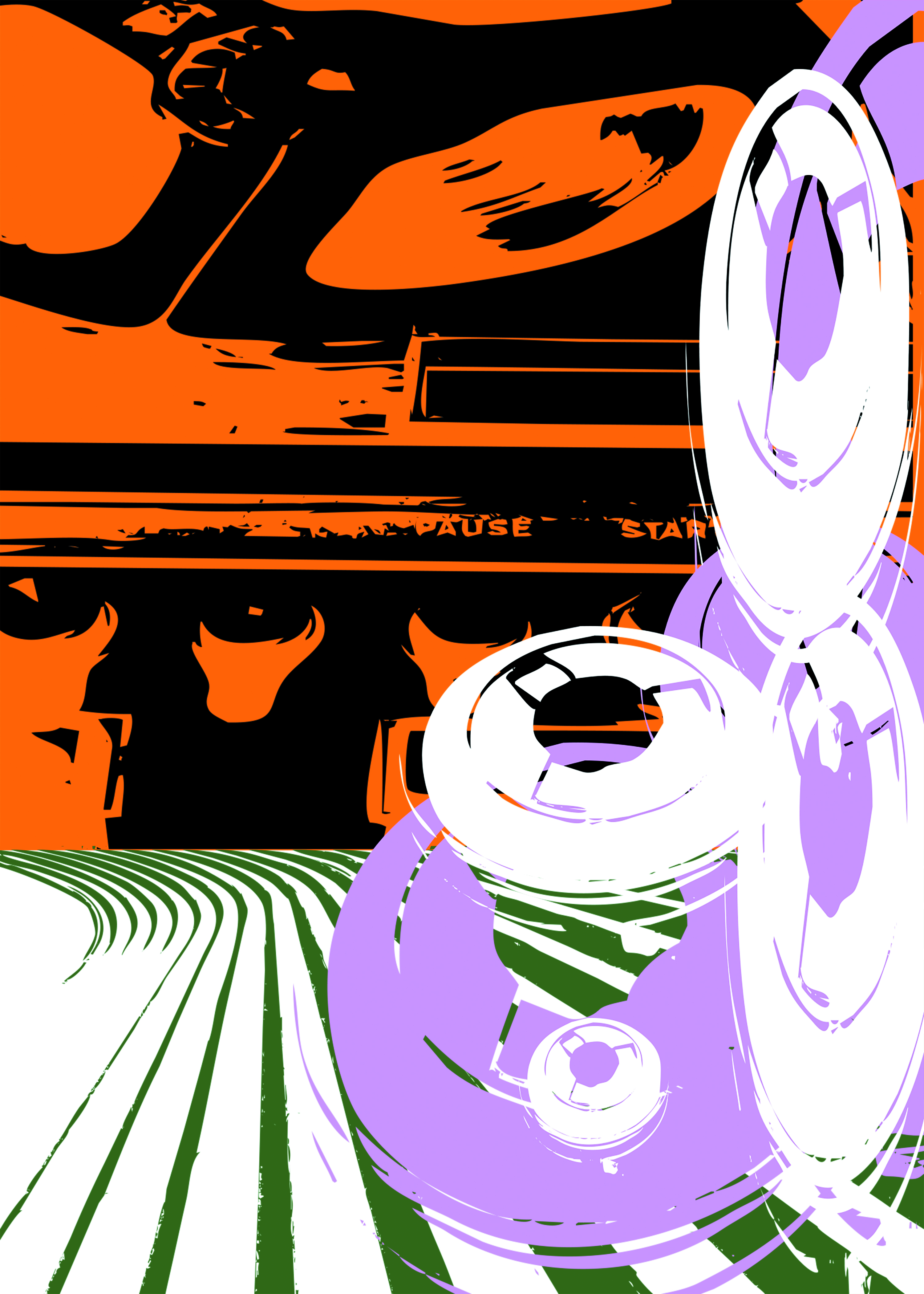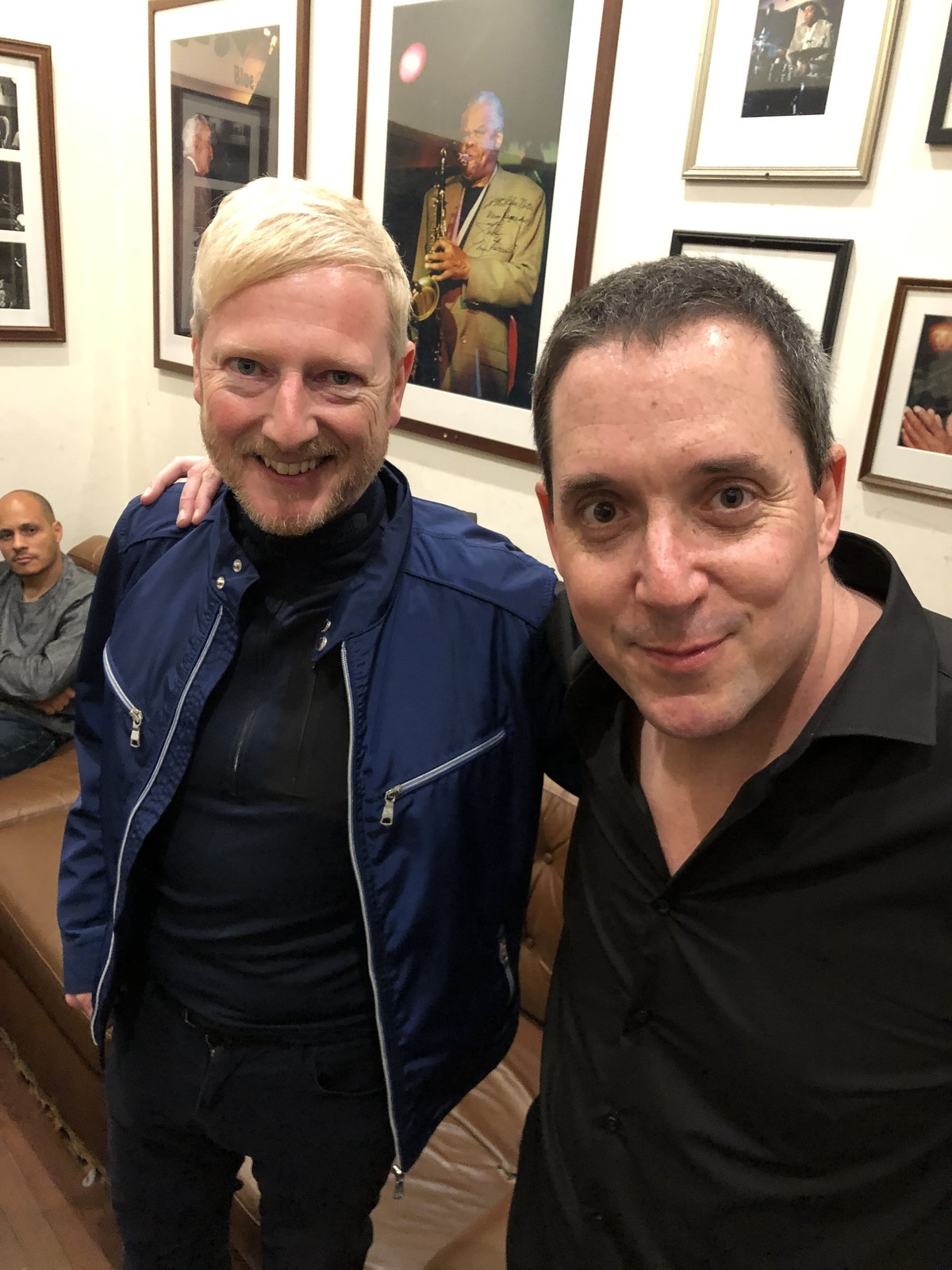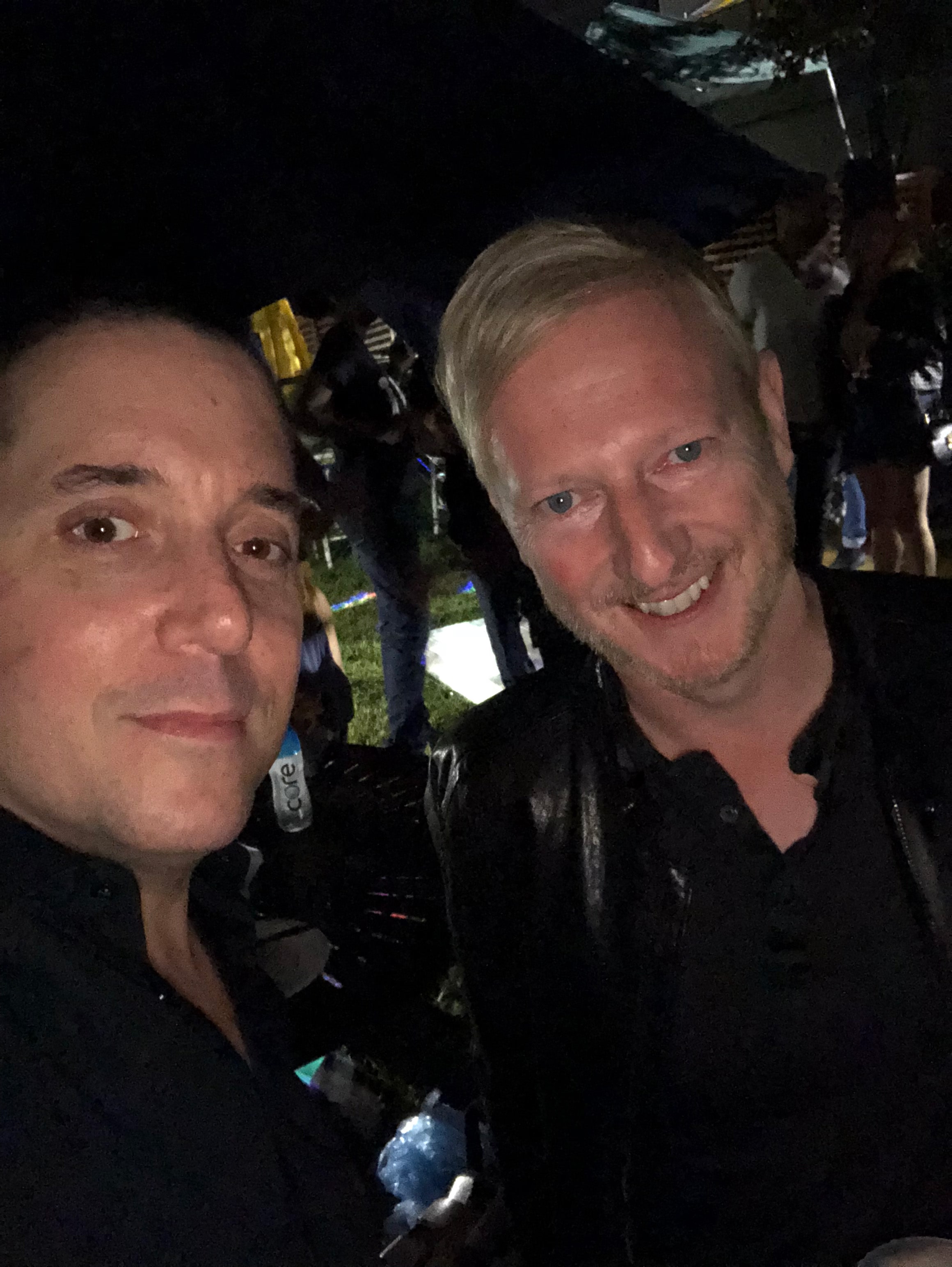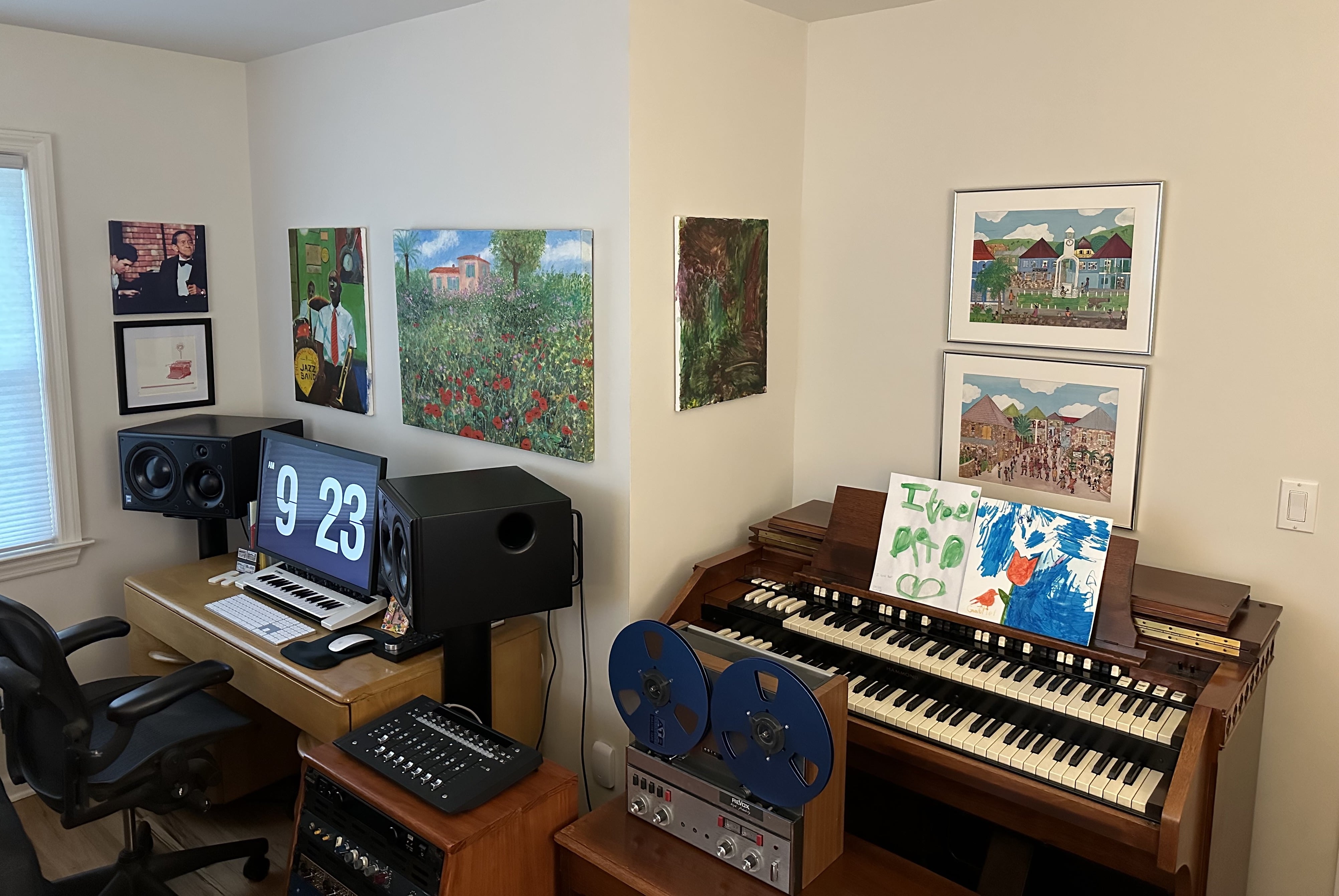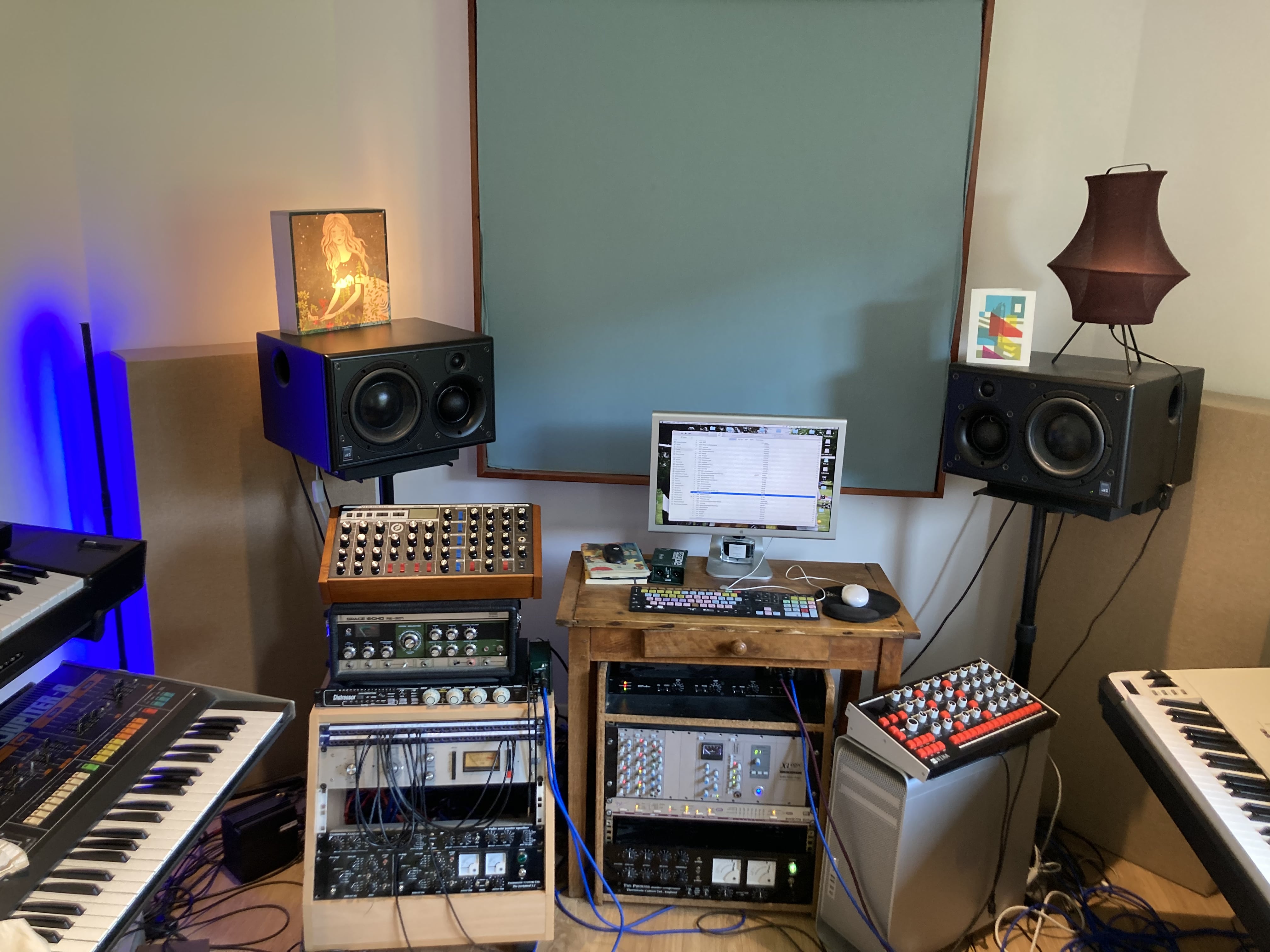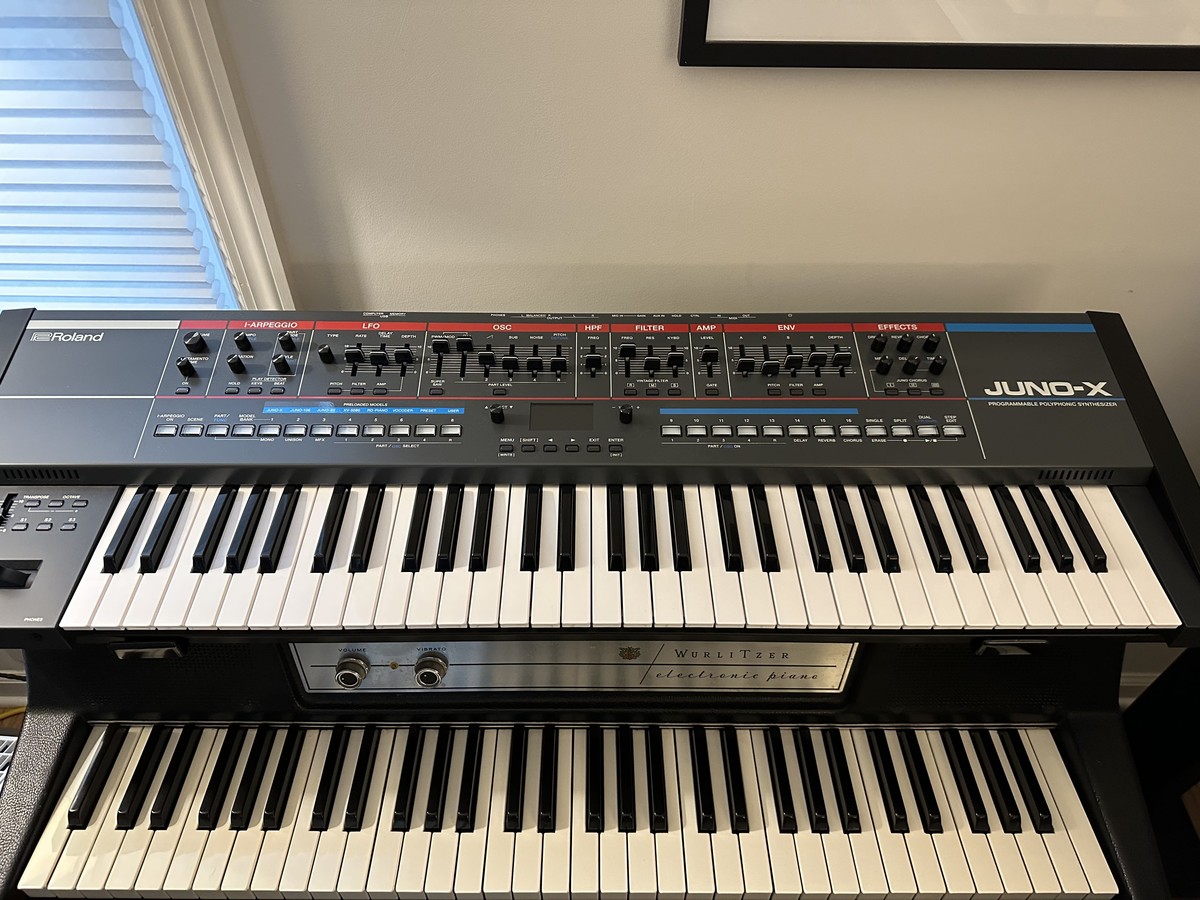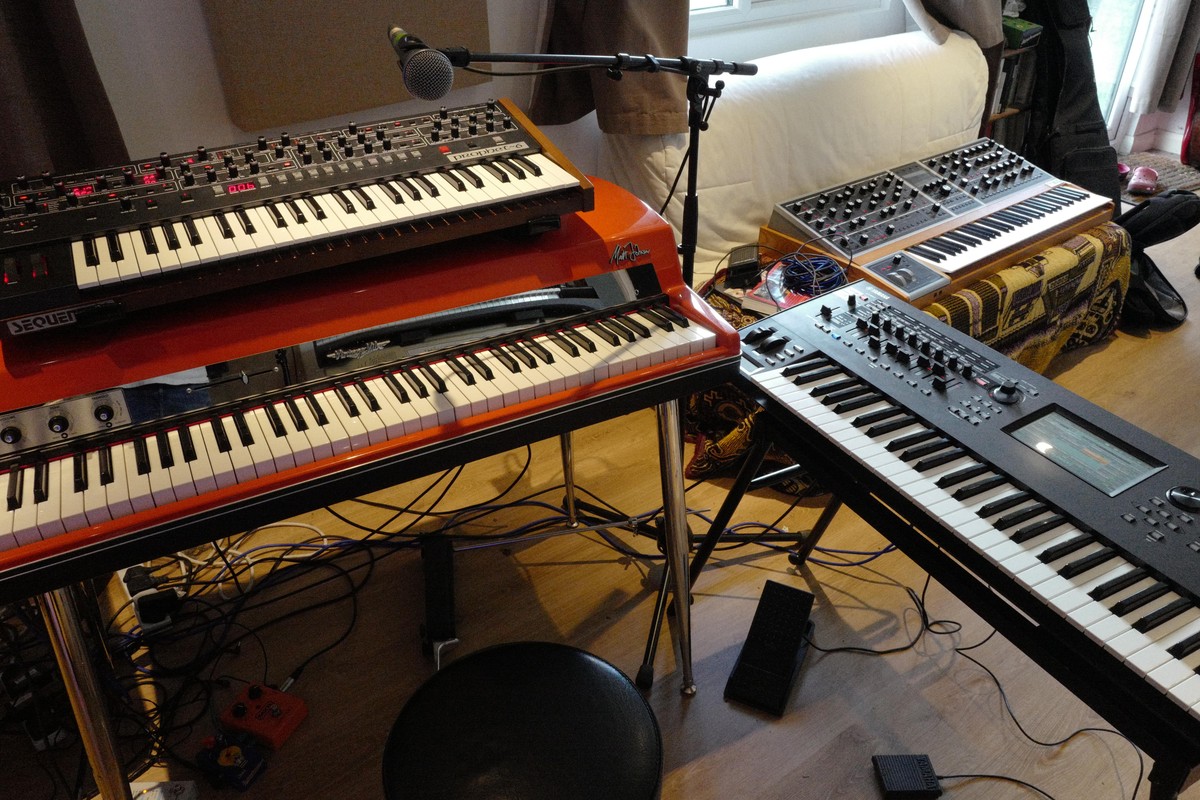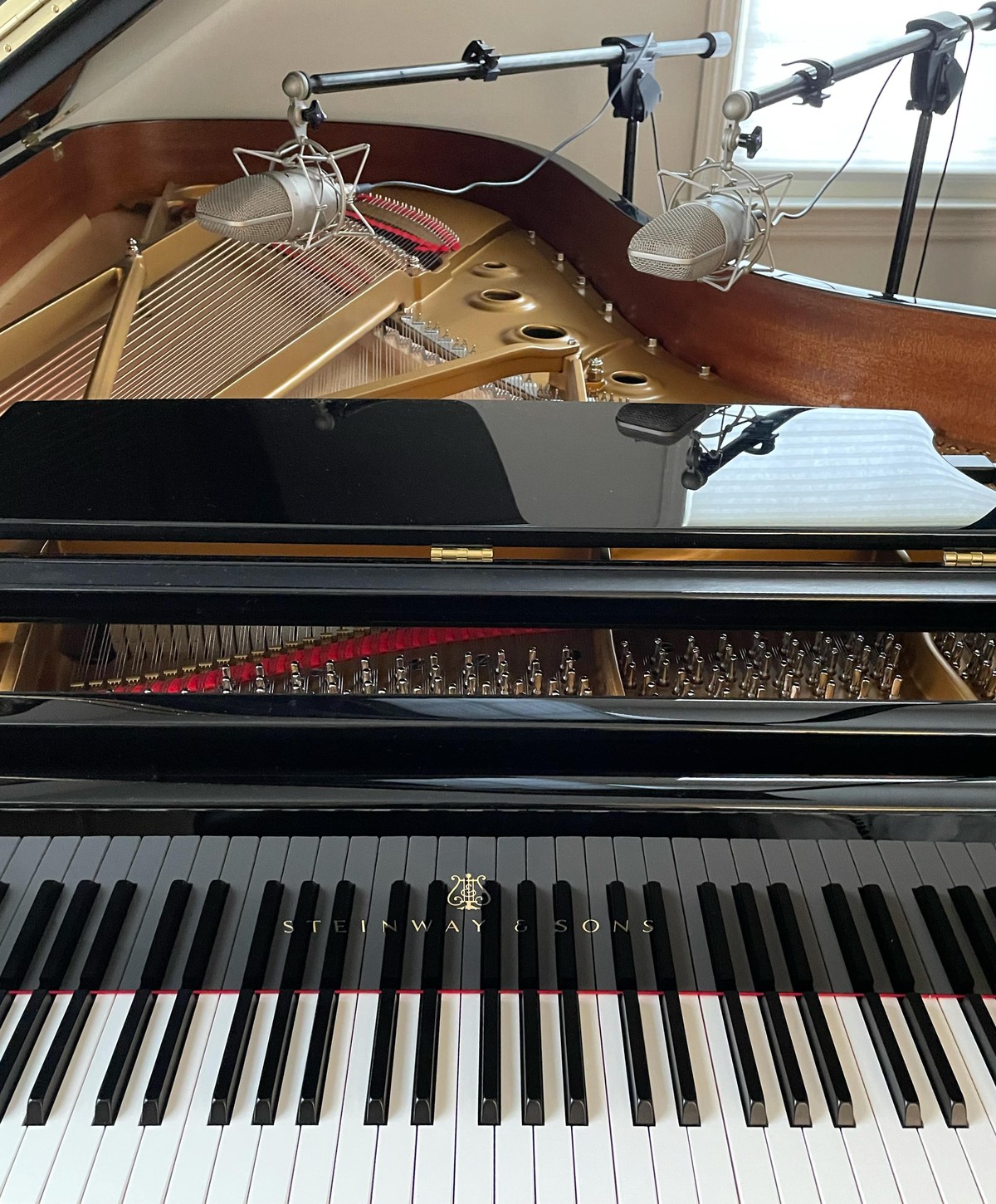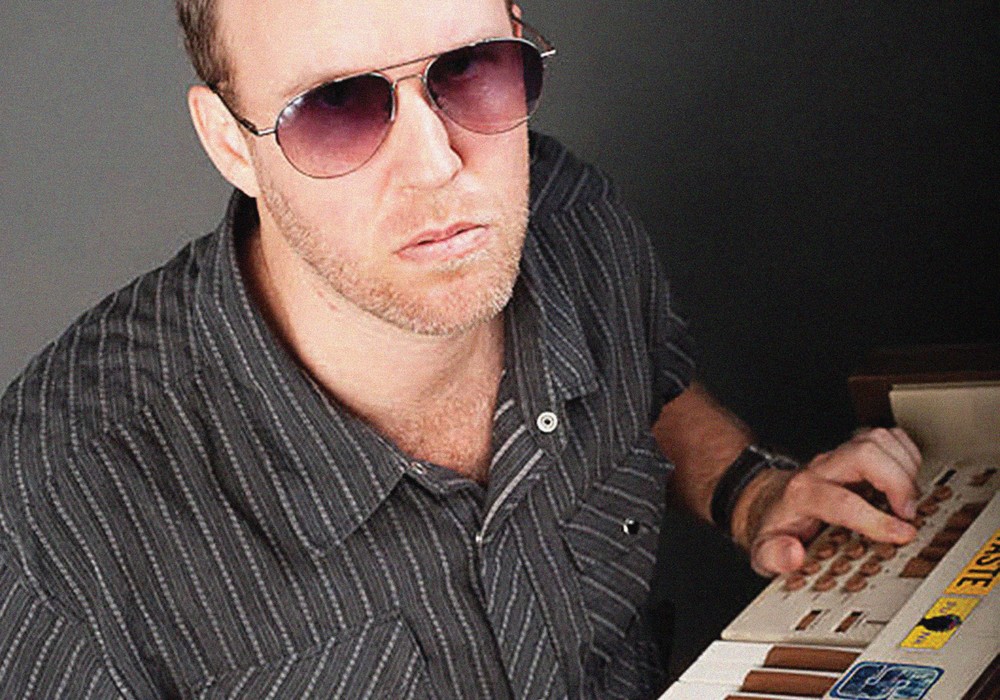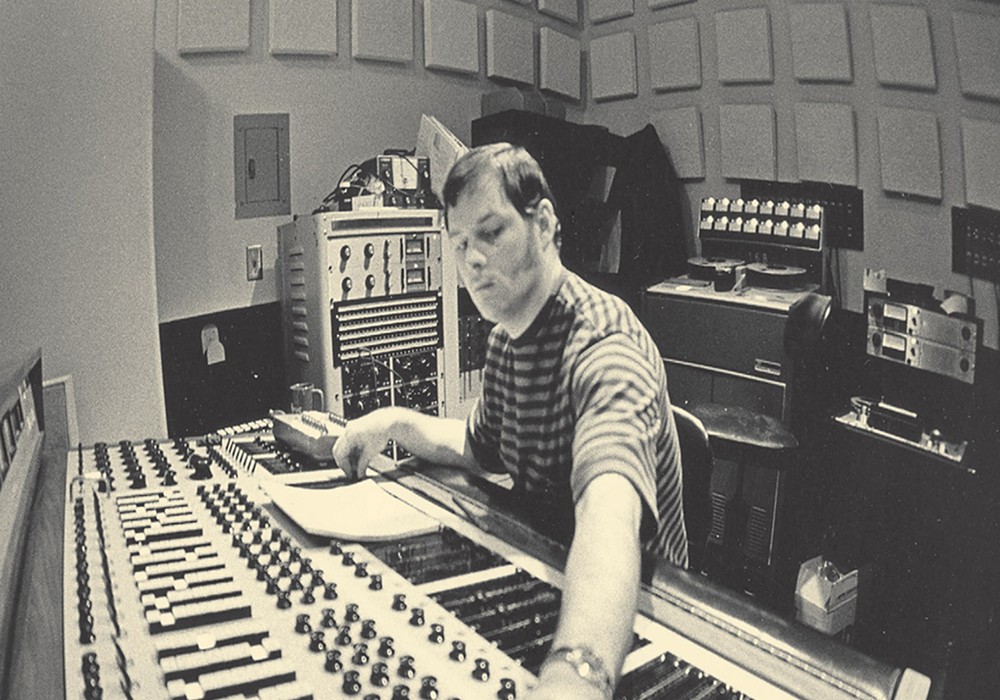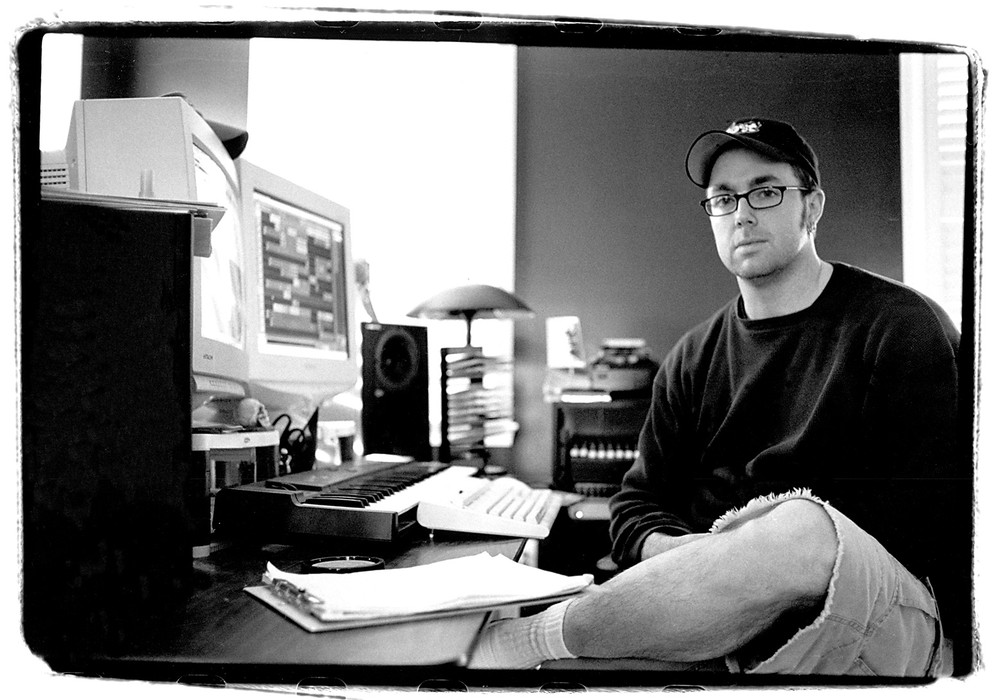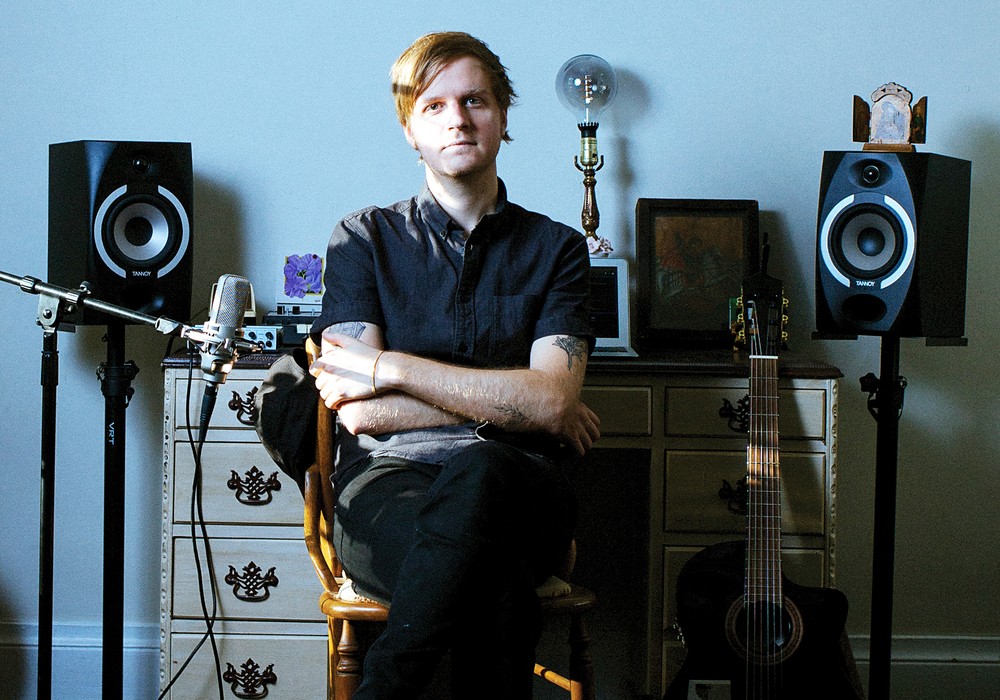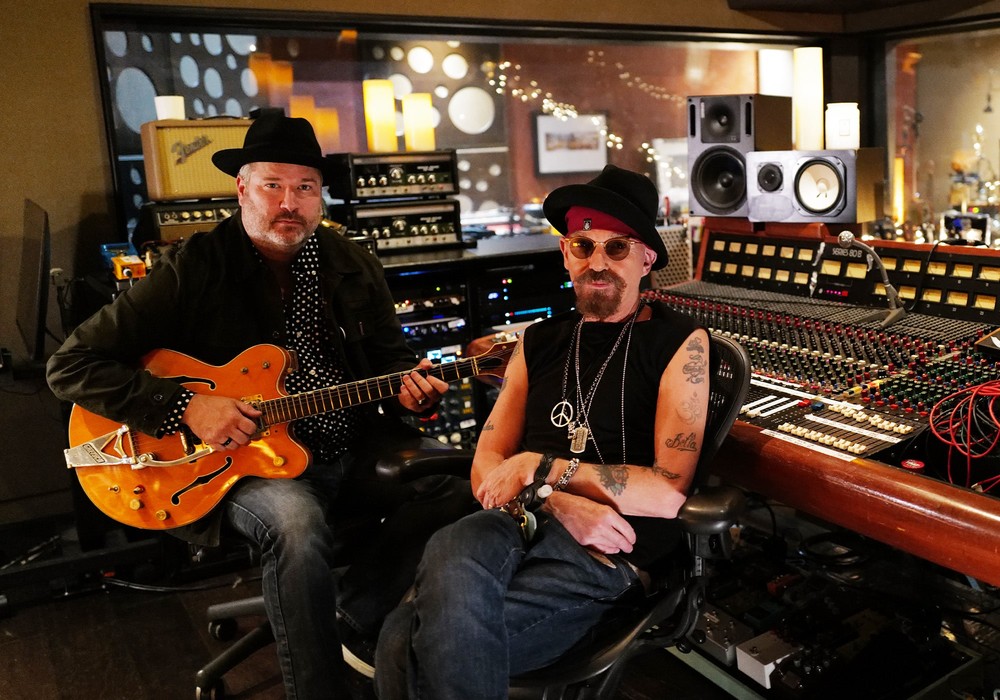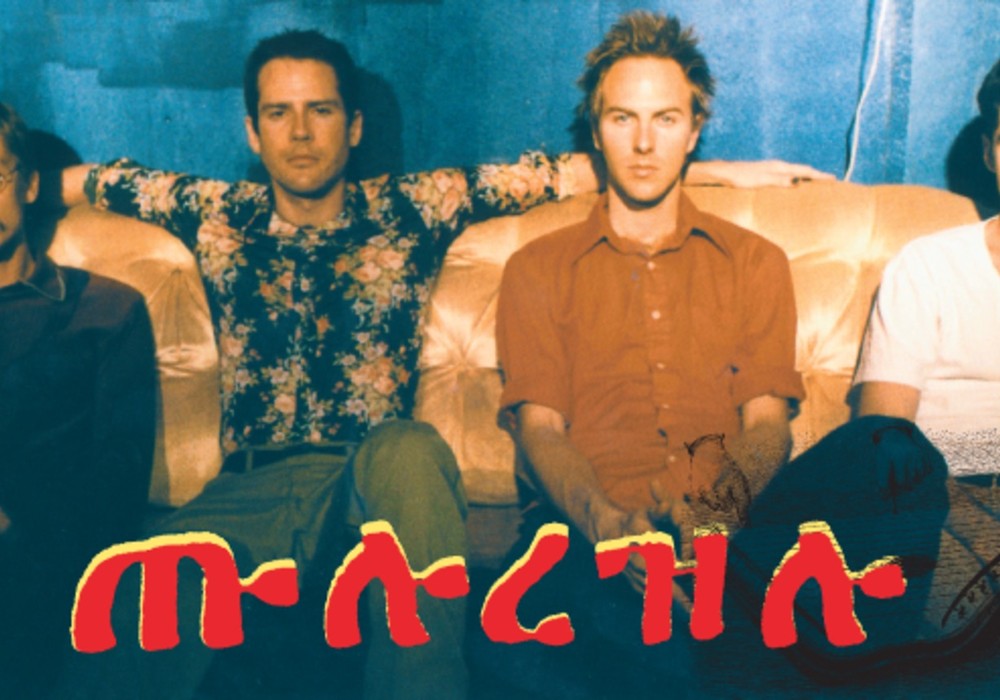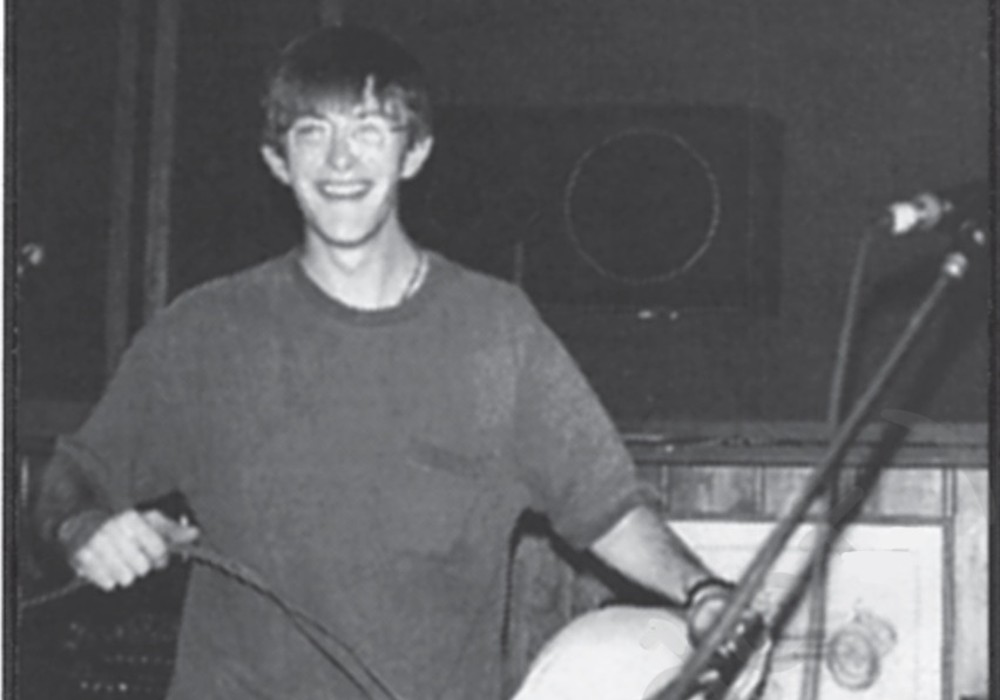Can you give the two-minute bio on each of your musical histories?
Jon Regen: I came-up as a straight-ahead jazz pianist, studying under the great jazz master Kenny Barron and touring for nearly a decade with artists like Kyle Eastwood and Little Jimmy Scott. Then, in 2004, I released a singer/songwriter-meets-jazz EP entitled Almost Home, recorded in a single day at the late Van Morrison drummer turned engineer Daoud Shaw’s studio in Philadelphia, PA. That record changed the course of my trajectory – sending me around the world singing and playing my own songs. More albums followed, as did cameos by heroes of mine like Andy Summers, Benmont Tench, Chuck Leavell, Nick Rhodes, and others. At the same time, I have also had a fruitful career as a writer and editor (Keyboard, The New York Times, Tape Op). Additionally, I’ve also been a radio host, where I met and interviewed many of the guests on this new album. So, it’s been a wild, interconnected ride, and Matt has certainly been a huge part of it.
Matt Johnson: I moved to London from my hometown of Bournemouth to try and make a career of music at the age of 21. I wanted to become a part of the soul and R&B scene as a player, as well as produce music for other artists. Then, 20 years ago, I became Jamiroquai's keyboard player. That's been my gig ever since, and I have co-written most of the band's output in that time, as well as producing their last record, Automaton. I have also co-written hits for some others, including the recent “Hypnotized” by Purple Disco Machine.
How did the two of you first meet?
JR: When I was editor of the now sadly defunct Keyboard Magazine, I made it a point to stay active on social media, researching the new generation of players making their mark. I stumbled onto a video of Matt just totally ripping with Jamiroquai, and that made me find him online and do a story on him. We became internet friends, as you often do in these times. And then, out of the blue, Matt asked if I wanted to attend a sold-out Jamiroquai show at Forest Hills Stadium in NYC in 2018. I went and was just completely knocked out by him and the band. For a group that’s been around for decades, they played like their lives depended on it. There were 20,000 people freaking out, dancing in the rain. When we met afterwards, we bonded over a shared love of jazz and synths. I remember thinking, “I’d like to work with this guy.” I sent him a musical idea a few days later, and what he sent back to me was so mind-blowing I knew we had to keep going.
MJ: It was cool to hang out and we got along, so we stayed in touch. When he sent me his idea, I just knocked something out off the cuff.
What was it about what Matt sent back that impressed you?
JR: I’m a singer/songwriter/piano player at heart, so my music leans toward old school, '70s-style piano-based pop, with jazz harmonies and improvisation thrown in. Matt, on the other hand, seemed to have a whole different template for his musical style – he can expand on that, but I would guess it’s jazz/funk, synth, and soul based. When I would send him a chord sequence over a primitive drum loop, he would strip it down and rebuild it. Or reverse it. Or keep the two bars he liked and change the harmony. Or get rid of everything except the drums. In short, he wasn’t married to anything except making the music at hand interesting. And when you have a co-writer and producer making you more interested in your own songs, that’s a great thing!
MJ: I get really precious about my own music, but the great thing about coming in cold on a song idea is you have no compunction about ripping it up! Some people get upset about that sort of thing, but Jon is a very generous collaborator.
Now it seems everyone is making music remotely, but pre-COVID that was a bold choice!
JR: Indeed. I had made records over the years where artists might do their overdubs and send a drive or file transfer back with it. But I was a little shocked that we started in 2018 making an entire album across the ocean. Matt and I would simply throw ideas out like, “This is the chord sequence I had in mind. Is it any good?” And he would write back, “I can do something with that.” Soon a song skeleton would appear. Or I’d send him a completed song and he’d make it better;, more surprising, more engaging. It was an effortless process, and I have to hand it to him for being such a willing participant.
MJ: I really enjoyed that process. It's great to be able to think about something in your own time and then respond, whereas on a session there's always the pressure to quickly go with something. It's now my preferred way of working, and I do a lot of sessions like that. The artists/producers get way better work from me as I have time to find the perfect thing.
Matt, what was it about Jon’s music that made you come along for the ride?
MJ: I love Jon's voice; it's emotive but also the frequencies are so rich and full that he can fill a track with very little else. He doesn't need much EQ and it always sits nice in a track. I tried to keep the production minimal on this record so the voice could shine. I also think he's a succinct songwriter who is strong lyrically and phrases in a simple way that appeals to me.
On both Higher Ground and Satisfied Mind, there are cameos by some of the most famous musicians on the planet. How does someone go about getting members of The Police, Tom Petty and the Heartbreakers, Duran Duran, the Rolling Stones, and others to perform on their album?
JR: I wish I could tell you. The honest truth is I am completely humbled, surprised, and grateful for the contributions these artists have made to my records. I think it’s about friendship and intention. I was friends with Andy Summers for a decade before he ever played on an album of mine [Let It Go]. We had met when we were both playing on the JVC Jazz Festival in New York back in the ‘90s. If you told teenage me that Andy Summers would be on my albums later in life, or Benmont Tench, or Nick Rhodes – whose keyboard parts were the sound of my youth, or Ron Carter – who basically defines jazz, I would have laughed and thought you were crazy. But I think people can hear when you’re making music from your heart. I’ve been fortunate that some of my biggest musical heroes have come out to make that music with me. This time around, many of the guests on this album appeared on my radio show “New York Notes,” which I had during COVID and that ran worldwide on JazzRadio Berlin. Matt, Pino, Ron, and Dave McMurray all came on that show, along with Jackson Browne, Bruce Hornsby, and others. It was a great happenstance that all these roads converged at the same time.
MJ: Personally, I don't care if a musician is famous or not. Names don't impress me. However, some of those musicians are exceptional and the quality of performances given to me made my job a joy! A great player can make a producer’s job easy.
Give us an example of a song on the new album that went through this distinctive Regen/Johnson collaborative process.
JR: Well, I’d start with the first track, “Nobody But You,” because that was the one that got the project rolling. Only Matt can tell you what goes through the mind of a mad genius like him, but I’ll say this: I sent him a Wurlitzer riff recorded on an iPhone with a stiff, programmed [Akai] MPC drumbeat. A day later, he sent it back to me sounding like a completely different song, with an email that read, “I'm hearing a cross between ‘Summer Girl’ by Haim and ‘Cherry Coloured Funk’ by Cocteau Twins!” Mind blown! One of the things that’s so amazing about working with Matt is that he’s basically a one-stop-shop; he’ll co-write, produce, play keyboards, program drums, sing background vocals, play bass and guitar – and then mix the record. I couldn’t have pulled-off two complete albums recorded remotely without someone with that skill set at the helm.
Matt, how did you approach deconstructing that one?
MJ: With “Nobody But You” I got the vocal and put a basic beat behind it with some [Roland TR-]808 toms which had a non-linear reverb on them. I thought it was a cool sound. Then I got my Yamaha bass and came up with the bass line, which we later got Ron Carter to play. In my head was [Lou Reed's] “Take a Walk on the Wild Side.” I love that minimalist vibe. I pitched down some of his vox an octave in a playful way that I knew he'd hate, but he got used to it!
And then Ron Carter appears!
JR: Yeah, that was one cameo that just floored me. Ron had been on my radio show, and we hit it off. In fact, he kept referring to me on the air as “Jon, no H,” Afterwards, he asked me for my address. And a few days later, I got a package in the mail with no note, just a wooden ‘H’ inside. That’s Ron. I figured, if he has that kind of sense of humor, maybe he’d dig the humor and heart of that song. Which he did. But, again, it was Matt’s idea to have that massive bass sound that only Ron Carter has start in the middle of the song. Matt is like a great chef, adding just the right amount of spice. If it were up to me, I’d probably dump the whole canister in!
MJ: Yes, the double bass worked great!
Another surprising song on the album is the second track “Wake Me Up,” with a jaw-dropping bass track by Pino Palladino.
JR: Indeed. Maybe I should have called this album “Ace of Bass,” because between Ron, Pino, and Tim Lefebvre (of David Bowie's Blackstar fame), the low end is ridiculous. Yeah, Pino. What can you say about that guy, except nobody on the planet sounds like him. I had him on my radio show and I was just mesmerized listening to some of the things he’s played on – Paul Young, Don Henley, Jacob Collier [Tape Op #151], Tears For Fears [#147], Erykah Badu, and on and on. “Wake Me Up” was probably the track that took the longest to finish.
It had started with these dreamy piano chords recorded on my iPhone, set to a loop on a Korg Kronos. But again, Matt had other ideas. He took that primitive early recording and shot it to the moon, making it a sort of cross between Lyle Mays and Antonio Carlos Jobim. And to show you the kind of musician Pino is, when I first played the track for him it had programmed drums. Pino said to me, “I love the song, but I want to play to a real drummer.” So, I called up Jeremy Stacey, who I’ve been a fan of forever. Once Pino heard what Jeremy played, he was like, “We’re good to go!”MJ: “Wake Me Up” is my personal favorite. Jon just had some piano chords recorded on his phone that were very intriguing. I built a sonic soundscape around them and wrote the B section. He then responded with the minimal vocal parts. It came out great. For me, the combination of Jeremy and Pino on that track is the standout moment. The best musicians just do what the song needs, but in ways that surprise you!
The bass on that song is massive!
JR: Yeah. I thought, “If you have Pino Palladino on your song, let it rip!” Hats off to Matt, who not only produced the album but mixed it as well. I get people asking me daily, “Who mixed this? It sounds huge!”
MJ: The bass came to me already like that, I did nothing to it! It had a lot of treatment that he'd put on, including a ton of low end, but it sounded fantastic!
The final track on the album is called “My Song for You,” and that one has not only a cameo by Matchbox Twenty front man Rob Thomas, but a wild mix of sounds and styles.
JR: One thing that was incredibly freeing on the album was letting songs find themselves. I had a Shure SM7B up on a stand in my studio for most of the recording, and I would try things. I always joke that every album of mine starts and ends on my Wurlitzer 200A, but it’s absolutely true. I played that little chord sequence on it into Pro Tools, and then I started singing those words off the top of my head. I became a parent later in life, so a lot of my inspiration these days comes from parenthood. That song is like a space-age lullaby. Originally, I had a [Roland] Juno-60 synth going through a Strymon tape echo simulator as well. However, Matt stripped that off and made the track wilder, with reverse guitars and that McCartney-esque string explosion at the end. While I was writing and recording the album, I got deep into a McCartney phase – listening to his solo albums, as well as The Beatles, with my kids. If you want to be simultaneously inspired and deflated while writing songs, listen to Paul! I also added some spacey Korg MS-20 synth and Hammond organ that was deliberately weird. Then, at the final chorus, Matt had the idea to have a choir of voices. I asked Rob Thomas, who I’ve known since 2008 and who I’ve written with before, if he’d lend a hand. He was a prince and ended up sending me eight tracks of background vocals. We used every one of them!
MJ: Yeah, I really like the tune. It's quirky. I'm a big Bowie fan, so there's a little of that in the sound, without going too far! The choir at the end is an uplifting moment with the Ringo Starr-style drums coming in. Again, the joy of stripping a song down so you have somewhere to go with it.
What do you think the secret to your success as a collaborative team is?
MJ: I do think Jon is very open minded, and, unless I really went too far, he was willing to go with my ideas. There weren't many moments when I did something he really didn't like, so that was great and made the process fun. The basic ideas were almost always strong, and, if I didn't like an idea, we would ditch it and focus on the best ones. I tried not to impose myself too much on the music and tried to serve the songs as best I could. Even though we are coming from different places musically, there was a lot of crossover there, in terms of what we like, so that helps. It's also fun for me to work on something overtly American sounding, as we Brits can't really get away with making that kind of music!
JR: In some ways, we both have completely opposite skills and musical influences, but the meeting of them is totally fresh and unique. I guess the answer is to surround yourself with people who can do what you can’t! Also, Matt doesn’t tiptoe around his opinions. If he thinks something sucks, he’ll tell me straight out. That makes me dig deeper. He’s a great sounding board, and he makes me a better artist. 
